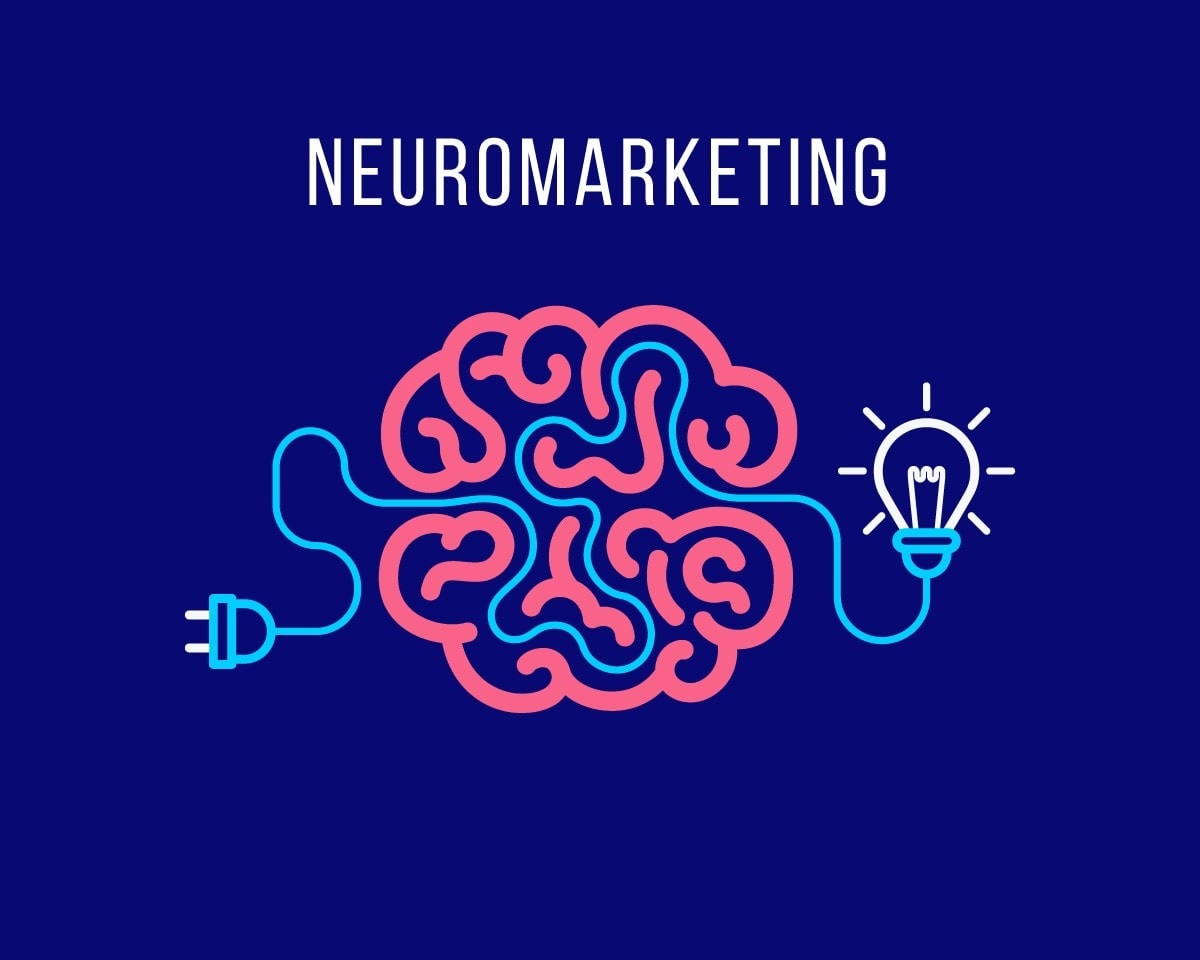Neuromarketing is the scientific study of how the brain responds to marketing stimuli, using advanced techniques from neuroscience and psychology to analyze consumer decision-making. It helps businesses craft more effective marketing strategies by understanding subconscious preferences, emotional triggers, and engagement patterns.
Traditional marketing approaches often fail to capture the complexities of consumer behavior. Neuromarketing provides deeper insights into how audiences perceive and react to advertisements, branding, and product design, enabling marketers to create content that resonates on a neurological level.
What is Neuromarketing?
Neuromarketing combines neuroscience, psychology, and marketing to study how consumers make purchasing decisions. Unlike traditional market research, which relies on surveys and focus groups, neuromarketing examines brain activity and physiological responses to marketing stimuli.
The concept of neuromarketing emerged in the early 2000s when scientists and marketers began using brain-imaging technology to analyze consumer responses. Over the years, advancements in neuroscience have refined neuromarketing techniques, making them more accessible and actionable for businesses.
Distinction from Traditional Marketing Methods
Traditional marketing relies on consumer-reported data, which can be influenced by biases or inaccurate self-assessments. Neuromarketing, on the other hand, uncovers subconscious reactions that consumers may not even be aware of, providing more reliable insights.
Tools and Techniques for Neuromarketing
Overview of Key Tools Used in Neuromarketing
Functional Magnetic Resonance Imaging (fMRI)
This tool measures brain activity by detecting changes in blood flow, providing deep insights into emotional and cognitive responses to marketing stimuli.
Electroencephalography (EEG)
EEG monitors electrical activity in the brain, identifying emotional engagement, stress levels, and attention patterns in real-time.
Eye-Tracking Technology
Eye-tracking devices measure where and how long consumers look at different elements of an advertisement, product, or webpage, helping marketers optimize visual design.
Techniques for Data Collection and Analysis
Neuromarketing data is collected using biometric sensors, facial expression analysis, and behavioral tracking. The information is then analyzed to determine what triggers positive or negative reactions in consumers.
Case Studies Demonstrating the Application of These Tools
- Coca-Cola vs. Pepsi (fMRI Study): A study revealed that branding significantly influences consumer preferences, even when blind taste tests showed no strong preference.
- Google’s Eye-Tracking Research: Google used eye-tracking technology to optimize ad placements for better engagement and higher conversion rates.
How Neuromarketing Works and the Insights It Provides
Mechanisms of Consumer Decision-Making
Consumers make most decisions subconsciously, influenced by emotions, past experiences, and neurological triggers. Neuromarketing identifies these triggers to improve marketing effectiveness.
Types of Insights Gained from Neuromarketing Research
- Emotional Responses
Understanding which emotions a brand or ad evokes allows marketers to tailor messaging that fosters positive associations.
- Unconscious Preferences
Consumers often prefer certain colors, sounds, or designs without realizing it. Neuromarketing helps uncover these hidden preferences.
- Attention and Engagement Levels
Marketers can analyze which elements capture attention and keep consumers engaged, refining campaigns for better impact.
Practical Applications of Insights in Marketing Strategies
- Optimized Ad Placement: Eye-tracking ensures important elements are strategically placed for maximum visibility.
- Emotionally Engaging Content: EEG data helps brands craft emotionally resonant messaging.
- Improved User Experience (UX): Neuromarketing insights inform website and product design for enhanced customer satisfaction.
Industries That Benefit the Most from Neuromarketing
- Retail: Retailers use neuromarketing to optimize store layouts, packaging, and promotional materials to boost sales.
- Healthcare: Healthcare providers apply neuromarketing insights to improve patient engagement and communication strategies.
- Technology: Tech companies analyze user behavior to refine software interfaces, advertising, and digital experiences.
Examples of Successful Neuromarketing Campaigns
- Amazon’s Website Optimization: Eye-tracking and A/B testing have helped Amazon design an intuitive shopping experience.
- Netflix’s Thumbnail Selection: AI-driven neuromarketing techniques determine the most engaging thumbnails for viewers.
The Future of Neuromarketing
Emerging Trends and Technologies
- Artificial Intelligence (AI) Integration: AI-powered neuromarketing tools are enhancing data analysis capabilities.
- Virtual Reality (VR) & Augmented Reality (AR): These technologies provide immersive testing environments for consumer responses.
Predictions for the Evolution of Neuromarketing Practices
With ongoing advancements, neuromarketing will become more refined and integrated into mainstream marketing strategies, offering even deeper insights into consumer behavior.
Neuromarketing provides unparalleled insights into consumer behavior, enabling businesses to craft highly effective marketing campaigns.
By leveraging neuroscience-based techniques, companies can optimize branding, advertising, and customer experiences to drive conversions and brand loyalty.
As the field continues to grow, exploring neuromarketing applications can give businesses a competitive edge. Whether through direct implementation or collaboration with neuromarketing experts, embracing this science-driven approach can unlock new marketing potential.
By understanding and applying neuromarketing principles, enterprise companies, especially those in Out-of-Home (OOH) advertising, can create impactful, data-driven campaigns that resonate deeply with their target audiences.

